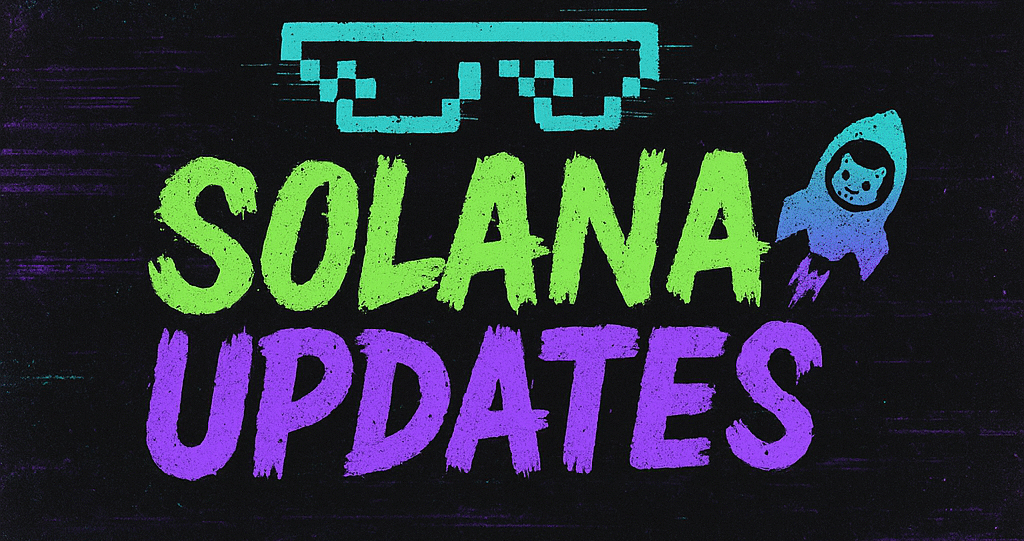Ethereum’s Path to $3K: The Role of Distributed Validators
In the dynamic world of cryptocurrencies, where market trends shift with the speed of light, Ethereum (ETH) is currently at the center of attention. As of today, ETH bulls are setting their sights on the significant $3,000 mark, a milestone that not only represents a psychological barrier but also a testament to the network’s increasing robustness and appeal. This bullish momentum is bolstered by the recent upgrades to Ethereum’s validator infrastructure, a move that has captured the interest of both individual enthusiasts and institutional investors alike.
The Upgrade: A Game-Changer for Ethereum
The recent rollout of distributed validator technology, spearheaded by innovative firms like Obol, marks a pivotal evolution in Ethereum’s backbone. Distributed validators, which are designed to enhance security and decentralization, are now being recognized as critical infrastructure within the blockchain ecosystem. According to Obol’s Head of Marketing & Ecosystem, these upgrades are not just technical enhancements; they are foundational shifts that redefine how trust and security are managed in decentralized networks.
Distributed validators work by spreading the responsibilities of a single validator node across multiple operators. This distribution minimizes the risk of downtime and reduces the impact of potential attacks, thus ensuring a more resilient network. As these validators become more prevalent, they contribute significantly to the network’s overall stability and reliability—factors that are crucial as Ethereum continues to attract major institutional interest.
Wall Street’s Growing Interest
As Ethereum fortifies its network infrastructure, Wall Street is taking notice. The convergence of technological advancements and financial interest suggests a maturing market where traditional finance sees potential in blockchain technologies. The interest from institutional investors is a clear indication that Ethereum’s network upgrades are not only technically significant but also strategically pivotal. This growing institutional involvement could provide the liquidity and market confidence needed to push ETH towards and beyond the $3,000 threshold.
What This Means for Investors
For investors, this period represents a unique opportunity to engage with Ethereum at a time of transformative growth. The anticipation surrounding ETH’s potential price surge is underpinned by tangible improvements in its network capabilities. As distributed validators become the norm, investors can expect enhanced security and lower risks associated with network failures. This environment of increased reliability is likely to attract more capital, driving further market confidence.
Moreover, as Ethereum continues to evolve, its use cases expand, ranging from decentralized finance (DeFi) to non-fungible tokens (NFTs), which in turn attract a diverse set of investors. The upgrades to its validator infrastructure are key to supporting these applications, ensuring they can operate efficiently and securely.
Conclusion
In conclusion, Ethereum’s quest to reach the $3,000 mark is supported by a combination of technical innovation and strategic market interest. The advent of distributed validators signifies a new era for Ethereum, one where enhanced security and decentralization are paramount. As investors and enthusiasts watch the market closely, the role of these validators will undoubtedly be a critical factor in determining the future trajectory of ETH.
🛒 Recommended Product: Check out top-rated crypto gear on Amazon


